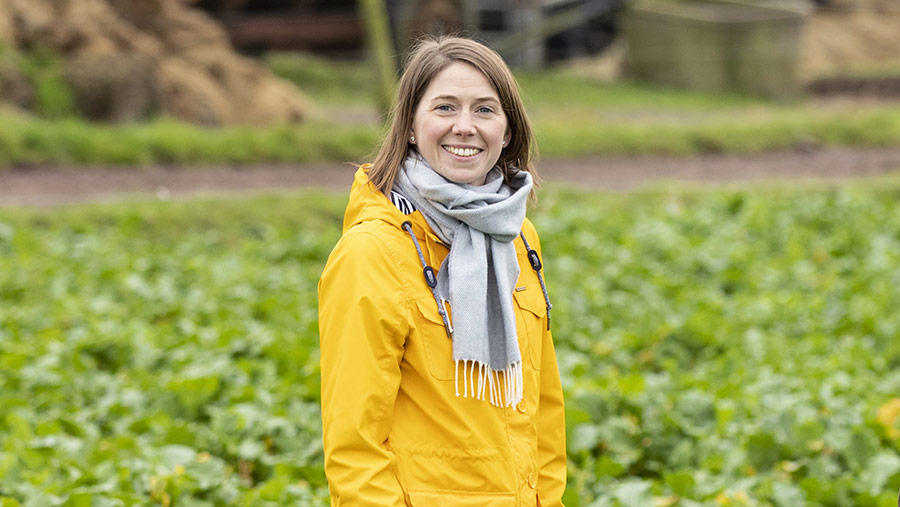Farmer Focus: Irish dairies are feeding more cake
 Gillian O'Sullivan © Cathal Noonan
Gillian O'Sullivan © Cathal Noonan We had the pleasure of hosting a grass-focused dairy discussion group from Wales on our farm last week.
They were an interested bunch who gave excellent feedback. They hadn’t travelled to Ireland just to visit our farm, though, they were here for the Moorepark open day in Cork.
See also: Why cutting concentrates is key to more milk from forage
Moorepark is the home of grassland dairy research done by Teagasc, Ireland’s state agency providing research, advice and education in agriculture, horticulture, food and rural development.
The open day happens every second year and is an incredible undertaking. More than 10,000 farmers converge on the research facility to be treated to an extravaganza of “free” knowledge transfer.
The route is laid out to highlight the most important information in the first hour, with senior scientists presenting outdoors, followed by a question-and-answer session.
After this, there are grassland demonstrations, with clover and areas divided into “villages” of themed research, such as grassland, breeding, animal health and people management.
Researchers stand alongside their boards demonstrating the findings of their studies, and farmers can question and learn from the very people who understand the topic in depth.
The theme of this year’s open day was “Securing a sustainable future”.
It covered pasture and cost control for competitiveness, greenhouse gases and mitigation measures, water quality, biodiversity and people management. It also looked at food security and dairy-beef integration.
I took three of my children with me and they quickly disappeared into the crowds to find a tractor simulator and explore the possibilities of edible freebies.
I find it enjoyable that challenges are not shied away from.
Data on working hours demonstrated the difference between 70 hours worked a week over the first six months of the year versus 51 hours – painting a stark picture for those with low labour efficiency.
The risk associated with “cost creep” were highlighted. Purchased supplement had risen to 1.2t dry matter a cow on farms across the country.
Researchers also acknowledged the importance of producing a high-value beef calf from the dairy herd, to enable beef farmers to continue making a margin.
If I took in 15% of what was on display, I would have done well but, thankfully, attendees were provided with a stout book covering all research; some light reading for the next two years.

